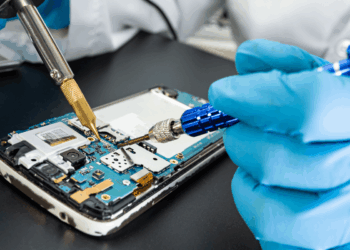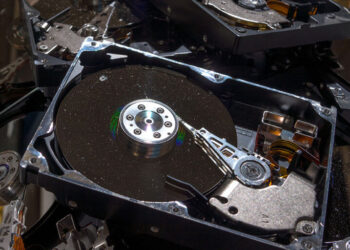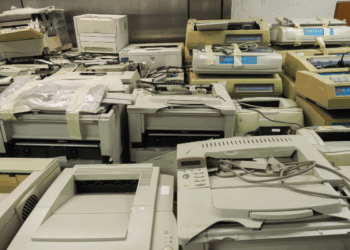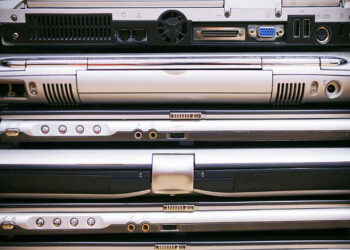Dell is moving deeper into the ITAD realm, recently debuting an all-in-one asset management hub.
The Dell Lifecycle Hub is meant to simplify device lifecycle management, and a press release said Dell is the first OEM in the U.S. to provide a “complete device lifecycle management service, combining warehousing and inventory management with configuration services and deployment expertise into one end-to-end solution.”
“Until now, the sheer scale and scope of the issues have meant no single provider has stepped to the fore with a comprehensive solution,” a white paper from Dell said. “At best, companies have had to contract with and manage multiple service providers to address narrow pieces of the device lifecycle puzzle.”
From the hub in Texas, Dell will track inventory, supply new hires with complete starter kits, repair or replace devices, collect equipment from employees leaving the company, handle upgrades and facilitate responsible device disposition, according to the company.
Jefferson Raley, vice president of commercial client services portfolio at Dell Technologies, told E-Scrap News that the Lifecycle Hub frees up customers’ IT departments “so they can focus their time on business priorities.”
“While many of the recent issues confronting IT departments are not wholly new, they do become exponentially more difficult when a company’s workforce works from anywhere,” he said, adding that for companies who have thousands of employees “dispersed in offices and working remotely, managing the company’s device inventory is time consuming, leaving less time for other business priorities and strategic initiatives.”
According to the white paper, regular telecommuting had already grown 216% between 2005 and 2019, even before the COVID-19 pandemic necessitated work-from-home models. That helped Dell decide to create the Lifecycle Hub.
“We’ve seen the pandemic accelerate growing remote workforces, and as a result, we have experienced a significant increase in demand for device lifecycle management services,” Raley said.
The Lifecycle Hub also supports Dell’s commitment to a circular economy, Raley noted.
Under the program, Dell will take all customer-owned or leased inventory, whether it’s Dell or another brand. Returned units are either refurbished and reused or recycled through the Dell Asset Recovery Services, which recently expanded to 36 countries.
“Since 2008, through our many takeback streams, we have recovered more than 2.5 billion pounds of used electronics,” Raley noted. “This, our Moonshot Goals, along with Asset Recovery Services and our other recycling services demonstrate our commitment to our customers and the planet.”
Clients have been pleased, Raley said, giving the example of a leading managed health care plan provider with more than 22,000 employees.
“At one point during the pandemic, this provider was onboarding more than 100 new hires a week. They found it hard to promptly deliver devices to these new hires and deliver devices that were configured to those users’ needs,” he said. “It was also difficult to quickly retrieve devices when employees resigned, which in turn delayed the process of reconfiguring the device and reissuing it to another employee.”
Through the Lifecycle Hub, Dell reduced the provider’s device management process from a 15-day delivery cycle to two days.
The biggest challenge in creating the service was making sure the logistics would work, Raley said, but the team figured it out “and we’re incredibly excited to see it in market and making an impact.”
The Lifecycle Hub, located in Houston, has ISO 9001 and 14001 certifications, as well as Transported Asset Protection Association A certifications, the white paper said, an extensive camera network throughout the storage warehouse and uses “airport-style security screening at every access point.”.
Raley said the company plans to “continue to look at ways to help our customers streamline their workloads with new capabilities as the future of work continues to evolve.”
“We are working with customers to evaluate geographic expansion, channel partnerships and other exciting opportunities,” he said.



























